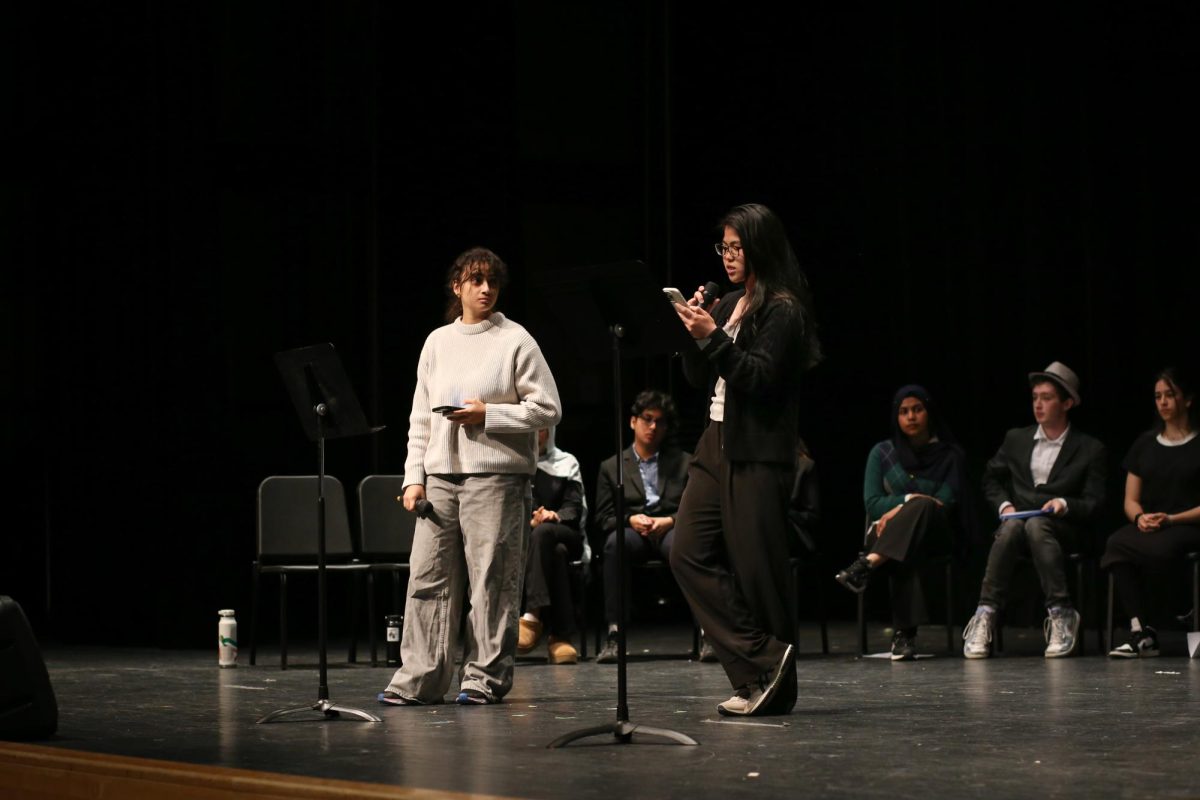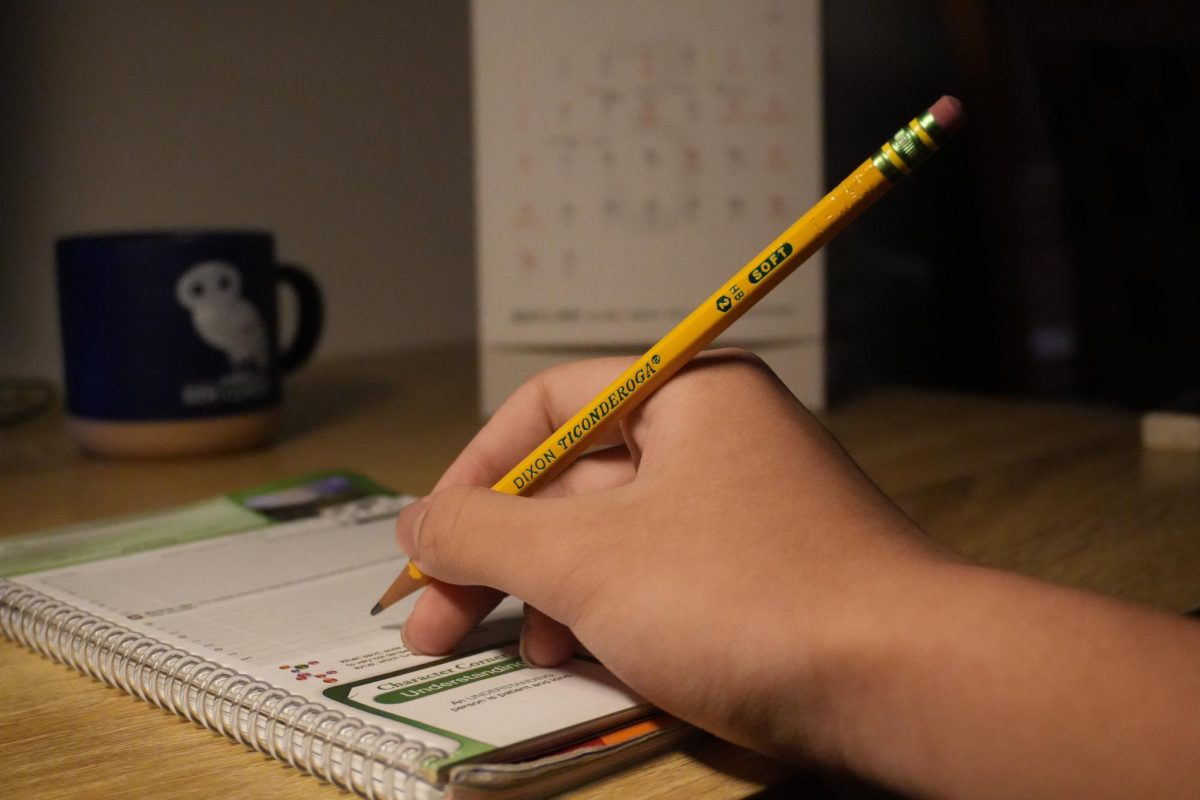
Before computers became such an integral part of education, teachers often distributed multiple kinds of printed texts: textbooks, novels, plays, printed packets of shorter readings, and more. At THHS these days, students navigate their academic career by juggling a multitude of digital documents, usually in the form of PDF files that teachers assign through Google Classroom. As a Humanities-intensive school THHS especially expects students to spend a lot of time reading, and for that reason, it is time to reconsider PDFs as the go-to format for distributing course materials and readings. They are difficult to annotate, can be difficult to access depending on your device, and are not a suitable replacement for traditional books. Moreover, at a time when the school is trying to encourage independent reading, digital readings make reading less pleasurable and can even be harmful to students’ health.
First, it’s important to address the health concerns that digital texts raise.
While staring at their technological device, students can easily lose sight of their posture, causing them to develop Text Neck, which is chronic pain in their neck or back due to poor posture. According to the study “Text Neck Syndrome in Children and Adolescents,” conducted in February 2021, “It is estimated that children and adolescents spend…5 to 7 hours a day on their smartphones and handheld devices with their heads flexed forward to read and text. It has been reported that the cumulative effects of this exposure reach alarming results of an excess stress on the cervical spine area.””
Even though the size of PDFs can be adjusted, student’s eyes are also strained when viewing them. Most commonly, when students view PDFs on a smaller screen they tend to bring the device closer, reducing a comfortable focusing distance for the eyes. This causes a condition called Computer Vision Syndrome, where you only blink ⅓ of the amount you regularly do when staring at the screen. This causes temporary symptoms like dry and itchy eyes which can hurt a student’s vision in the long run.
At a time when professionals are sounding alarms about young people using screens too much, should schools be contributing to the issue as well by requiring so much digital reading?
Beyond the medical concerns, the overuse of digital texts also raises numerous academic concerns.
A major part of a student’s learning experience consists of annotations and note taking to retain information. Starting with freshman year’s Writing Process course, THHS encourages students to annotate what they read. Although some applications allow you to annotate PDFs, they cannot replace the experience of taking notes physically with highlighters, a pen, and paper. Junior Alexander Muñoz said, “[such programs] are very glitchy for me, and I struggle when it comes to trying to highlight a specific portion of the text and annotate.” Furthermore, when you are physically taking notes, everything is done on one copy so it is easier to manage all your notes. Another advantage of physical note taking is that it facilitates memorization. With the rigorous testing schedules implemented in the school calendar, retaining information is key when preparing for tests. When study materials are provided to students as PDFs, students lose opportunities to facilitate learning in important ways. This prolongs the time it takes to retain study material.
There’s no doubt that there are advantages to digital readings and PDFs because of the accessibility they offer, and digital readings help the environment by contributing to conservation efforts. Along with this, some may argue that digital readings and PDFs are more cost effective for schools. To address the cost concern, when teachers assign PDFs, they could have physical copies for students who request them and let students who prefer using digital devices continue to use PDFs
However, we shouldn’t lose sight of the importance of physical resources in the learning environment. These are crucial to engaging students and allowing them to retain the information presented, without technological distractions. Physical books and printed resources allow students to fully engage with their task. The aesthetic pleasure of reading a book and physically flipping through all the pages are all things that enhance the joy of reading.
THHS should prioritize traditional, physical reading materials to engage students without negatively impacting their health.






























Linda Bloomingdale • Aug 2, 2024 at 10:47 pm
very well said!